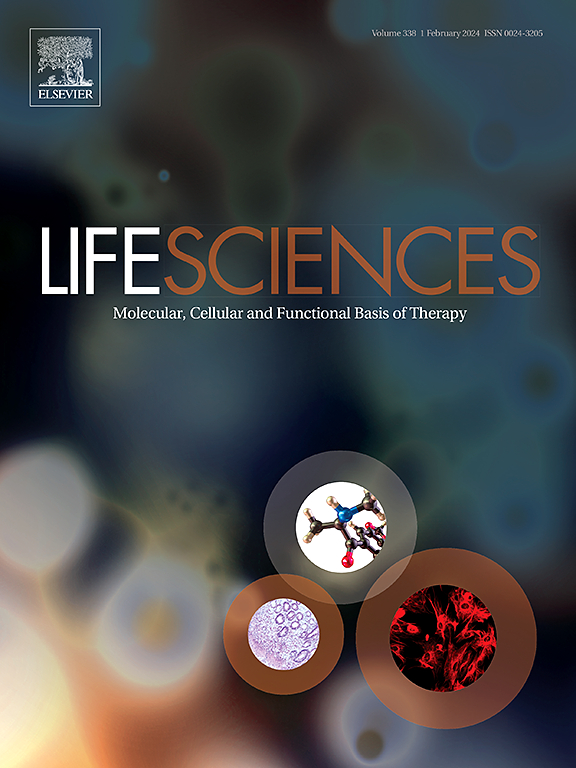Utilizing zebrafish models to elucidate mechanisms and develop therapies for skeletal muscle atrophy
IF 5.2
2区 医学
Q1 MEDICINE, RESEARCH & EXPERIMENTAL
引用次数: 0
Abstract
Skeletal muscle atrophy, resulting from an imbalance in muscle protein synthesis and degradation, compromises muscle quality and function, imposing significant burdens on movement and metabolic stability. Animal models are crucial for understanding the mechanisms of skeletal muscle atrophy and developing clinical prevention and treatment strategies. Zebrafish, as small aquatic vertebrates, exhibit high genetic homology with humans and offer advantages such as rapid reproduction, development, and transparent embryos. Their physiological and anatomical similarities to mammals, including a substantial proportion of skeletal muscle and observable swimming behavior reflecting body dysfunction, make zebrafish an ideal model for studying skeletal muscle-related diseases. This review outlines the development of zebrafish skeletal muscle and highlights key pathways regulating muscle proteins, emphasizing their anatomical and genetic consistency with humans. Various zebrafish models of skeletal muscle atrophy created through physical, chemical, and gene-editing methods are systematically summarized. Current challenges and proposed improvement strategies are also discussed to enhance the reliability and applicability of zebrafish models, providing a comprehensive reference for advancing research on skeletal muscle atrophy.

利用斑马鱼模型阐明骨骼肌萎缩的机制和开发治疗方法。
骨骼肌萎缩是由肌肉蛋白质合成和降解的不平衡引起的,损害了肌肉的质量和功能,给运动和代谢稳定性带来了巨大的负担。动物模型对于了解骨骼肌萎缩的发病机制和制定临床防治策略具有重要意义。斑马鱼作为小型水生脊椎动物,与人类具有高度的基因同源性,具有繁殖快、发育快、胚胎透明等优点。斑马鱼在生理和解剖学上与哺乳动物相似,包括大量的骨骼肌和可观察到的反映身体功能障碍的游泳行为,使斑马鱼成为研究骨骼肌相关疾病的理想模型。本文概述了斑马鱼骨骼肌的发展,重点介绍了调节肌肉蛋白的关键途径,强调了它们在解剖学和遗传学上与人类的一致性。系统总结了通过物理、化学和基因编辑方法建立的各种斑马鱼骨骼肌萎缩模型。讨论了目前面临的挑战和提出的改进策略,以提高斑马鱼模型的可靠性和适用性,为推进骨骼肌萎缩的研究提供全面参考。
本文章由计算机程序翻译,如有差异,请以英文原文为准。
求助全文
约1分钟内获得全文
求助全文
来源期刊

Life sciences
医学-药学
CiteScore
12.20
自引率
1.60%
发文量
841
审稿时长
6 months
期刊介绍:
Life Sciences is an international journal publishing articles that emphasize the molecular, cellular, and functional basis of therapy. The journal emphasizes the understanding of mechanism that is relevant to all aspects of human disease and translation to patients. All articles are rigorously reviewed.
The Journal favors publication of full-length papers where modern scientific technologies are used to explain molecular, cellular and physiological mechanisms. Articles that merely report observations are rarely accepted. Recommendations from the Declaration of Helsinki or NIH guidelines for care and use of laboratory animals must be adhered to. Articles should be written at a level accessible to readers who are non-specialists in the topic of the article themselves, but who are interested in the research. The Journal welcomes reviews on topics of wide interest to investigators in the life sciences. We particularly encourage submission of brief, focused reviews containing high-quality artwork and require the use of mechanistic summary diagrams.
 求助内容:
求助内容: 应助结果提醒方式:
应助结果提醒方式:


